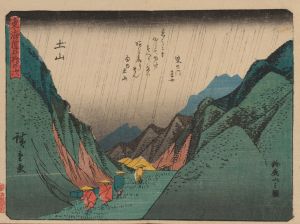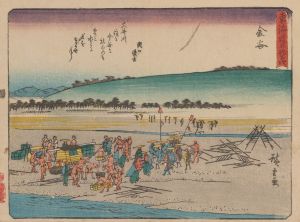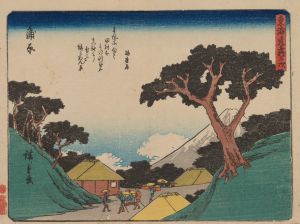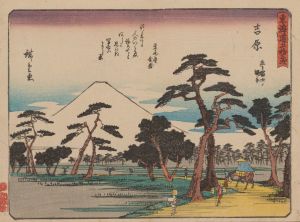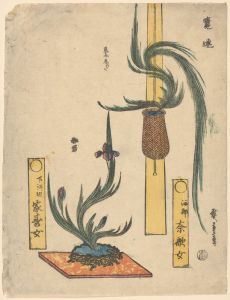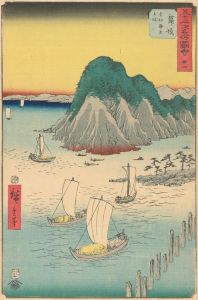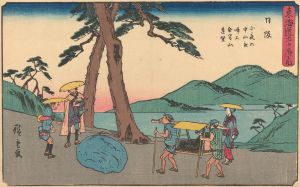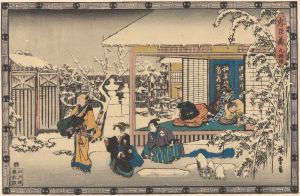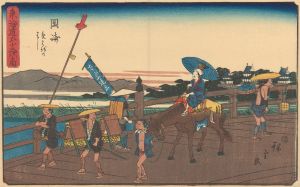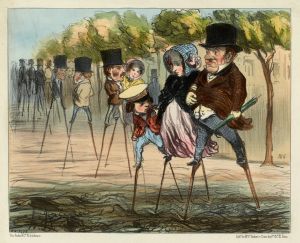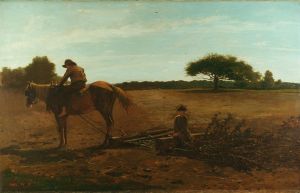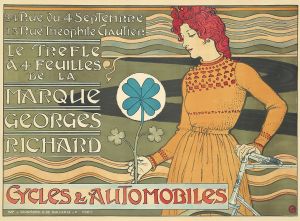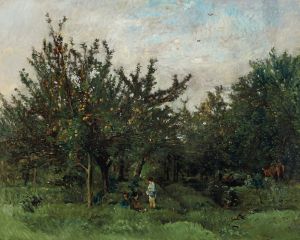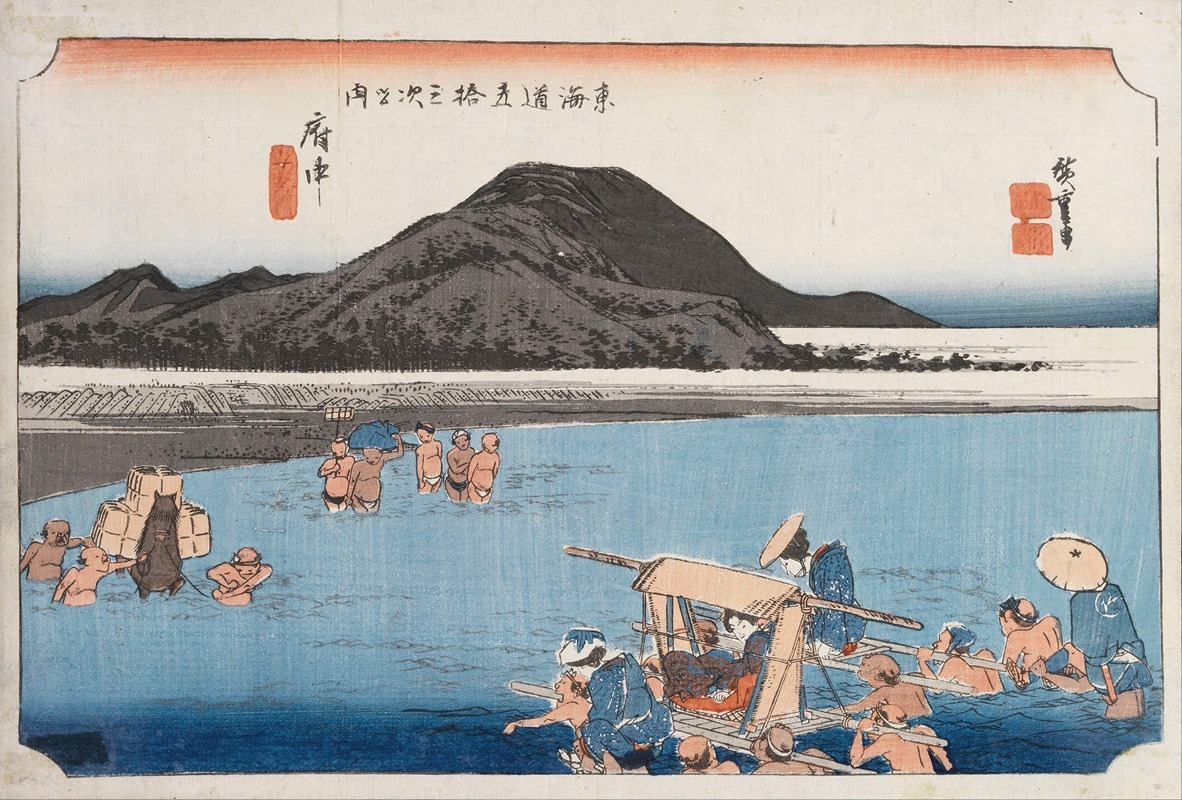
Fuchu
A hand-painted replica of Andō Hiroshige’s masterpiece Fuchu, meticulously crafted by professional artists to capture the true essence of the original. Each piece is created with museum-quality canvas and rare mineral pigments, carefully painted by experienced artists with delicate brushstrokes and rich, layered colors to perfectly recreate the texture of the original artwork. Unlike machine-printed reproductions, this hand-painted version brings the painting to life, infused with the artist’s emotions and skill in every stroke. Whether for personal collection or home decoration, it instantly elevates the artistic atmosphere of any space.
"Fuchu" is a woodblock print by the renowned Japanese ukiyo-e artist Andō Hiroshige. It is part of his celebrated series "The Fifty-three Stations of the Tōkaidō" (Tōkaidō Gojūsan-tsugi), which was first published between 1833 and 1834. This series depicts the various post stations along the Tōkaidō, the main route connecting Edo (modern-day Tokyo) and Kyoto during the Edo period in Japan.
Hiroshige's "The Fifty-three Stations of the Tōkaidō" series is considered one of his masterpieces and a significant contribution to the ukiyo-e genre. Ukiyo-e, which translates to "pictures of the floating world," is a genre of Japanese art that flourished from the 17th through the 19th centuries. It includes woodblock prints and paintings of subjects such as kabuki actors, sumo wrestlers, beautiful women, landscapes, and scenes from history and folklore.
The print "Fuchu" specifically represents the 19th station along the Tōkaidō road. Fuchu, known today as Shizuoka, was an important post town where travelers could rest and resupply during their journey. Hiroshige's depiction of Fuchu captures the essence of the town and its surroundings, providing a glimpse into the daily life and landscape of the Edo period.
In "Fuchu," Hiroshige employs his characteristic style, which includes a keen attention to detail, vibrant colors, and a harmonious composition. The print typically features travelers and locals engaged in various activities, set against a backdrop of the town's architecture and natural scenery. Hiroshige's use of perspective and his ability to convey the atmosphere of the scene are notable aspects of his work.
Hiroshige's Tōkaidō series was highly popular during his lifetime and remains influential in the art world today. His work not only provides historical insights into the Edo period but also showcases the beauty of Japan's landscapes and the intricacies of its culture. The series has been reprinted and studied extensively, and original prints are highly sought after by collectors and museums.
Overall, "Fuchu" by Andō Hiroshige is a significant piece within the larger context of "The Fifty-three Stations of the Tōkaidō" series. It exemplifies Hiroshige's skill as an artist and his ability to capture the spirit of the places he depicted. The print continues to be appreciated for its artistic merit and its contribution to the preservation of Japanese cultural heritage.





